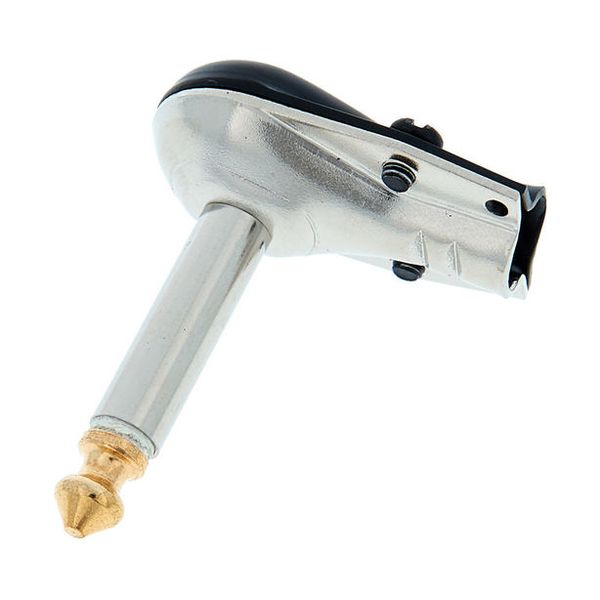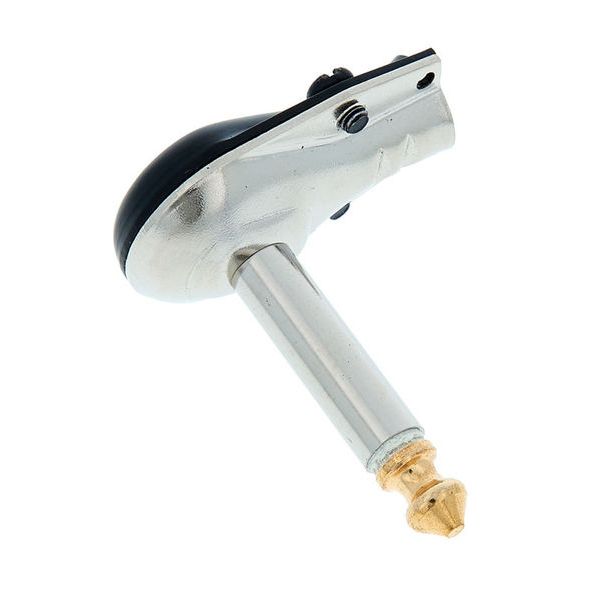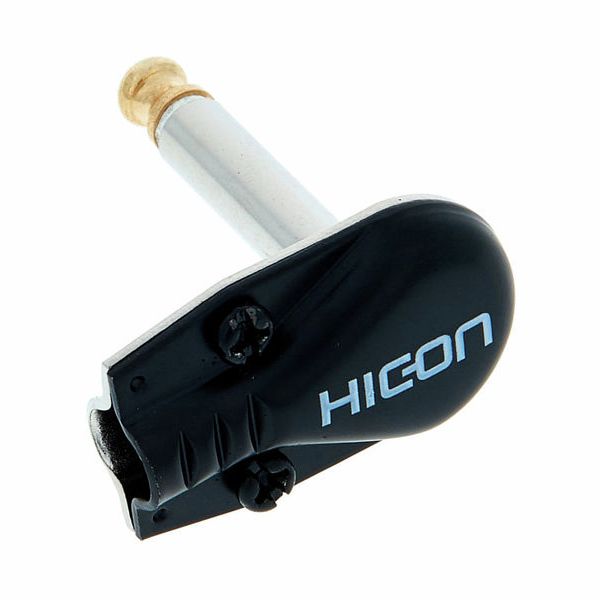I've got 20 plugs for making pedalboard patch cables. Have used them in conjunction with a Sommer Tricone MkII cable - this pair fits together pretty well.
+++ Pros:
I'm not very good at soldering, but these plugs were the easiest to deal with in my experience. Both tip and sleeve have individual plates for soldering - they haven't required any additional cleaning, so tin was applied pretty easily.
These pancakes fully reveal their "compact" potential being used in a single row of tightly-spaced pedals with side-mounted inputs. But with pedals, that have a close-placed inputs-outputs, the width of pancake most likely will lead to a problems.
--- Cons:
The quality of the ring part makes me doubt in its sturdiness - seems like it made out of ceramic or epoxy resin material, that tends to crumble when exposed. It has tiny pores in it, that don't adds a confidence in a reliability of the whole plug. On the other hand, it could provide more heat-resistance, comparing with a regular plastic rings - but I've never faced such a problem.
Furthermore, the overall quality of the plugs differs from each other - it concerns the straight of the sleeve and tip, particularly. One of the plugs has so much scewed tip, that I just can't insert it in the pedal's socket, another one had so tight motion, that I was afraid of brokening of a pedal's jack input. So I had to refuse the idea of using both of them. The rest of these plugs have similar problem, but in a minor degree, so it doesn't prevent from using them.
=== Total
All in all, I would recommend these plugs only for using in a tight-spaced pedalboards. But if you have the opportunity - look at something more sturdy and consistent.








